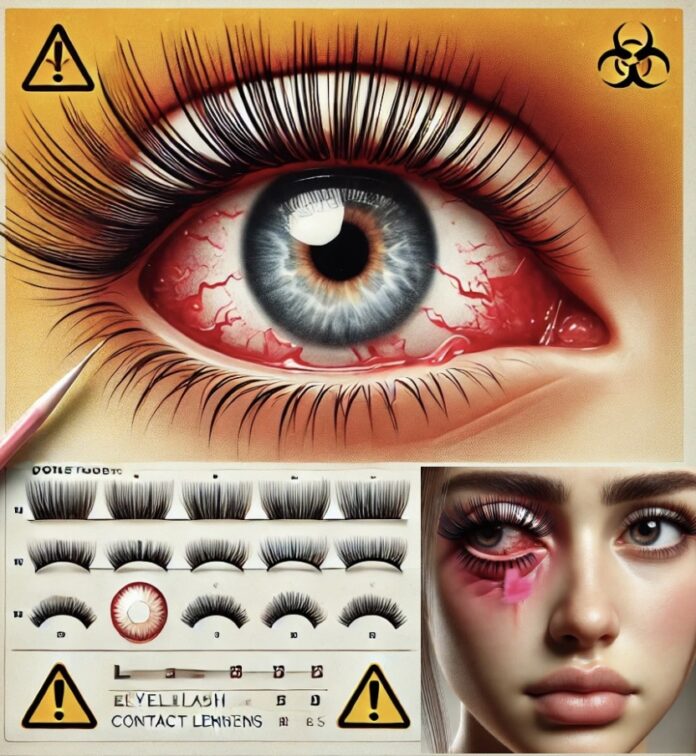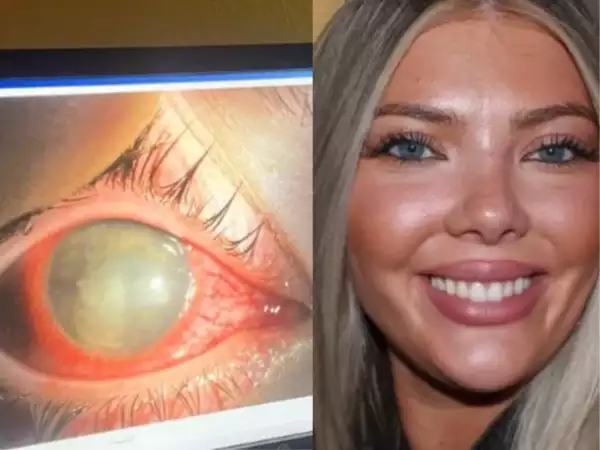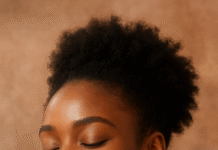
Eyelash extensions and coloured contact lenses are popular beauty enhancements, but their continuous use comes with significant risks. While these products enhance one’s appearance, over-reliance can lead to serious health problems for your eyes. Here’s a detailed analysis of the dangers, backed by scientific research and real-life examples.
1. Eyelash Extensions: Hidden Dangers
a. Risk of Eye Infections
The glue used to fix eyelash extensions often contains harmful chemicals like formaldehyde. This can cause irritation, redness, and even infections like blepharitis (inflammation of the eyelid).
- Proof: A study published in the Journal of Cosmetic Dermatology found that adhesives used in extensions frequently lead to allergic reactions.
- Example: A 27-year-old woman in the U.K. developed a severe eye infection after improperly cleaned tools were used during her eyelash application. She experienced swelling that nearly shut her eyes for weeks. According to BBC news 1 in 4 women get eye infections from eyelash treatment.
b. Damage to Natural Lashes
Prolonged use of heavy extensions weakens natural lashes, causing breakage and thinning. This leads to conditions like traction alopecia, where hair falls out due to constant tension.
- Example: Many users complain of sparse natural lashes after prolonged extension use, which often makes them dependent on falsies for volume.
Read More
c. Toxic Adhesives
Some adhesives release fumes that irritate the eyes, causing tearing or even damage to the cornea.
- Warning: If adhesive gets into your eyes, it can lead to keratitis, a painful inflammation of the cornea.
2. Coloured Contact Lenses: More Than Meets the Eye
a. Risk of Corneal Ulcers and Infections
Continuous use of non-prescription contact lenses increases the likelihood of developing corneal ulcers, a condition that can lead to blindness if untreated.
- Proof: According to the American Academy of Ophthalmology, extended wear of contact lenses increases the risk of corneal infections by over 500%.
- Example: A 21-year-old woman in Nigeria lost vision in one eye after failing to properly clean her cosmetic contact lenses, leading to severe corneal damage. In Port Harcourt, Rivers State, Nigeria, a bride lost her sight on the morning of her wedding after using a hairdryer while wearing contact lenses.
b. Reduced Oxygen to the Eyes
Contact lenses block oxygen from reaching the cornea, especially when worn for long periods. This can cause corneal hypoxia, leading to discomfort and long-term damage.
- Proof: Research shows that continuous wear of lenses can permanently alter the shape of the cornea and reduce its ability to heal.
c. Poor Hygiene Risks
Improper handling, such as using tap water or failing to clean lenses, increases the chances of infections like Acanthamoeba keratitis.
- Example: In the U.S., a college student faced permanent blindness after using her contact lenses while swimming, which allowed harmful bacteria to infect her eyes. You can read this story.

3. Psychological Dependence
Continuous use of these beauty enhancements creates a psychological reliance, where individuals feel unattractive without them. This can lead to low self-esteem and increased anxiety when going “natural.”
4. Preventive Tips for Safer Use
If you must use these beauty enhancements, consider these precautions:
- Limit Usage: Allow your eyes to rest by spacing out usage. Let your eyes breathe – they are beautiful the way they are.
- Choose Certified Professionals: Ensure eyelash technicians use high-quality, non-toxic adhesives. Avoid roadside beauticians.
- Practice Proper Hygiene: Clean your contact lenses and case daily with sterile solutions.
- Opt for Alternatives: Opt for volumizing mascaras or magnetic lashes for special occasions, and always remove them at the end of the day.
Conclusion
While eyelash extensions and coloured contact lenses offer aesthetic appeal, their continuous use can compromise eye health.
It is important to prioritize safety over beauty to prevent long-term damage. Remember, your natural eyes are irreplaceable, and caring for them should always come first.






